AFI
SOURCE: AFI


Recent global conflicts have significantly increased the demand for naval assets, spotlighting India as a potential powerhouse in submarine and warship construction, according to Thyssenkrupp Marine Systems (TKMS), Germany’s leading maritime defense company. TKMS, currently in the race for a lucrative Indian Navy contract to build six diesel-electric submarines, sees this as an opportunity not only to expand its footprint in India but also to establish a collaborative center for naval manufacturing.
TKMS has partnered with India’s state-run Mazagaon Dockyards Limited (MDL) for this venture, aiming to leverage India’s competitive cost structure. Oliver Burkhard, CEO of TKMS, highlighted that manufacturing in India could reduce costs by up to 50% compared to other international locales. This economic advantage could position India as an attractive hub for not just domestic orders but also for global exports, particularly to regions like Southeast Asia and South America.
Continue readingSOURCE: AFI


In a significant boost to India’s air defense capabilities, the Ministry of Defence has inked a contract worth INR 13,500 crore with Hindustan Aeronautics Limited (HAL) for the procurement of 12 Su-30 MKI fighter jets. This deal marks a continuation of India’s strategic partnership with Russia, focusing on enhancing the strength of the Indian Air Force (IAF).
The manufacturing of these aircraft will take place at HAL’s Nashik division, which has not seen the production of the Su-30 MKI since completing the last batch of 12 aircraft in the fiscal year 2019-20. This new agreement, coming after a four-year hiatus, signifies a revival of the production line, with manufacturing expected to commence early next year.
Continue readingSOURCE: AFI


The India Pavilion at the Vietnam International Defence Expo 2024 was officially inaugurated on December 19th, marking a significant moment for Indo-Vietnamese defense cooperation. The event saw the presence of high-profile dignitaries including Vietnam’s Minister of Public Security, General Luong Tam Quang, alongside India’s Secretary for Defence Production, Mr. Sanjeev Kumar, and the Indian Ambassador to Vietnam, Mr. Sandeep Arya.
The inauguration of the India Pavilion is a testament to the growing strategic partnership between India and Vietnam, focusing on defense and security. This collaboration was visibly emphasized through the participation of key Indian defense companies at the expo, which runs from December 19 to December 22.
Continue readingSOURCE: AFI
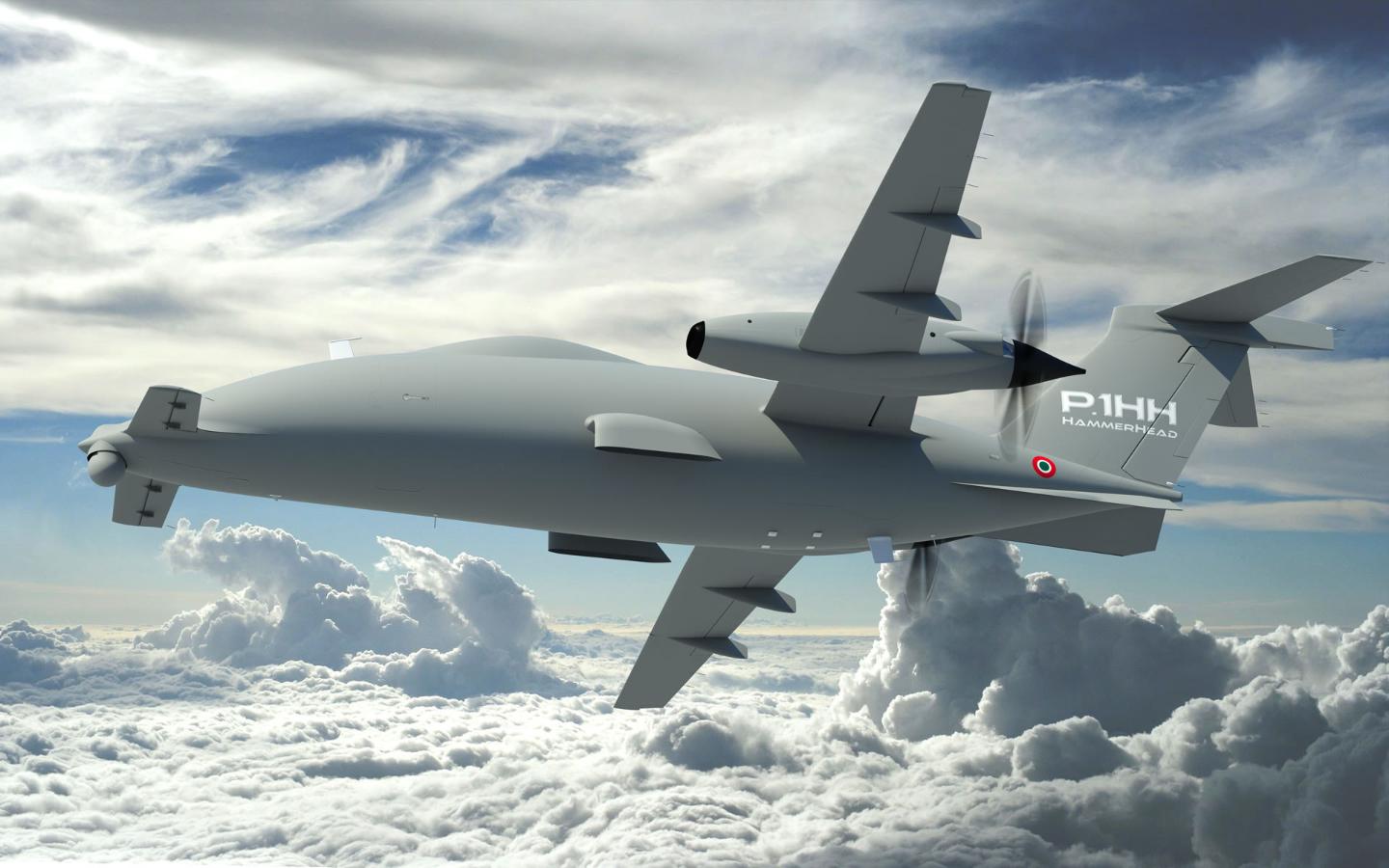

The Indian armed forces are intensifying their efforts to cultivate a domestic supply of long-range unmanned aerial vehicles (UAVs), particularly focusing on Medium Altitude Long Endurance (MALE) drones. This initiative comes as part of a broader strategy to reduce reliance on foreign imports, specifically from Israel, where India has historically sourced a significant portion of its UAV technology.
After successfully incorporating locally developed loitering munitions into its arsenal, the Indian military is now looking to expand its capabilities with MALE drones. These drones are essential for extended surveillance and combat operations, offering the ability to fly at medium altitudes for prolonged periods, ideal for monitoring border areas and conducting strategic operations.
Continue readingSOURCE: AFI


In a twist that has both defense analysts and netizens chuckling, the GE F-404 engine, crucial for India’s indigenous Light Combat Aircraft (LCA) Tejas Mk1A, has been spotted listed on IndiaMart, India’s largest online marketplace for business products. This bizarre scenario has unfolded amidst ongoing delays in the supply of these engines from General Electric (GE) to Hindustan Aeronautics Limited (HAL), India’s primary aerospace manufacturer.
The GE F-404 engine, known for its reliability and performance in powering light combat aircraft, was found listed on IndiaMart, a platform more commonly associated with commercial goods than high-end military hardware. This listing has sparked a wave of humor across social media, with many pointing out the irony that while HAL struggles with delivery delays, the same engine appears readily available online, albeit in a context far removed from its intended use.
Continue readingSOURCE: AFI


In a move that signifies deepening defense ties, Estonia’s Defence Minister Hanno Pevkur has announced that several major Indian companies are eager to invest in Estonia, particularly for the production of ammunition. This development coincides with India’s push to position itself as a significant player in global defense manufacturing.
During a recent statement, Pevkur expressed optimism about the potential cooperation, saying, “It’s not only ammunition. It’s also the Armed Vehicles production, Howitzer production. So, the cooperation is very intense. So, I really do hope that I can find the time also to come to India.” While specific company names were not disclosed, Pevkur hinted at the involvement of known players in India’s defense sector, especially those already engaged in producing 155-millimeter ammunition.
Continue readingSOURCE: AFI


In a demonstration of growing military cooperation between India and Kazakhstan, 15 Kazakh paratroopers are currently undergoing intensive training in the dense jungles of Mizoram, India. This unique training initiative is being conducted at the renowned Counter Insurgency and Jungle Warfare (CIJW) School, known worldwide for its expertise in jungle combat operations.
The course at CIJW School is designed to equip soldiers with the skills necessary to operate effectively in jungle environments, which are known for their challenging terrain and dense vegetation. The training includes modules on navigation, survival, counterinsurgency tactics, and combat in confined spaces typical of jungle warfare.
Continue readingSOURCE: AFI


A disagreement has emerged between the Indian Air Force (IAF) and Hindustan Aeronautics Limited (HAL) regarding the future of the aging Hawker Siddeley HS 748 Avro turboprop transport aircraft. Originally designed by British manufacturer Avro and later license-produced by HAL, the IAF seeks to retire the fleet, while HAL insists on modernizing and extending their operational life by two decades.
The IAF has already selected the Airbus C295 as a replacement for the Avro and has categorically rejected HAL’s proposed upgrade plans. The IAF’s primary rationale for phasing out the Avro is its technological obsolescence. However, HAL argues that the airframes, particularly the last 20 Series 2M aircraft built with a large freight door, have barely utilized 30% of their intended lifespan. HAL emphasizes that the Avro was designed for the demanding airline industry, granting it significant remaining airframe life.
Continue readingSOURCE: AFI
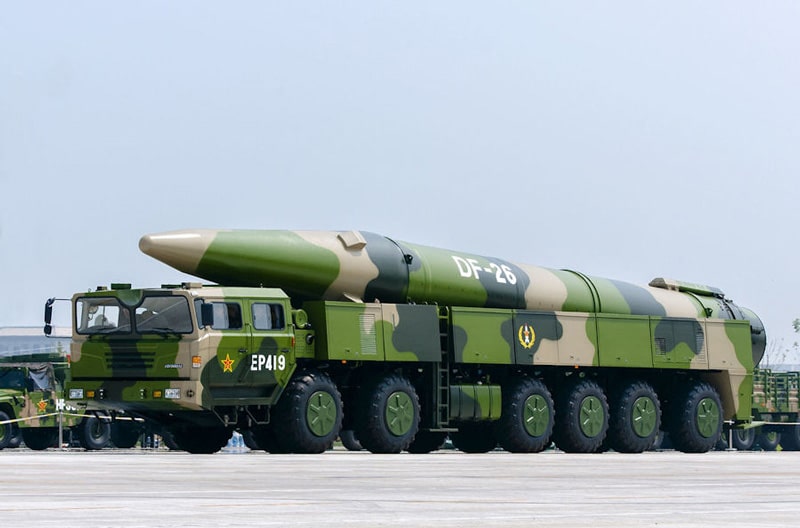

The People’s Liberation Army (PLA) Rocket Force, a critical component of China’s strategic deterrence, has reportedly amassed an extensive arsenal of ballistic and cruise missiles. With over 1,300 Medium-Range Ballistic Missiles (MRBMs), 500 Intercontinental Ballistic Missiles (ICBMs), 250 Intermediate-Range Ballistic Missiles (IRBMs), and a formidable stockpile of Short-Range Ballistic Missiles (SRBMs) and Ground-Launched Cruise Missiles (GLCMs), the scale and diversity of this arsenal have significant strategic implications for India.
The PLA Rocket Force’s MRBM arsenal poses a direct threat to India’s critical military and industrial infrastructure. These missiles, with ranges between 1,000–3,000 km, are capable of targeting Indian cities, command centers, and military installations with high precision.
Continue readingSOURCE: AFI
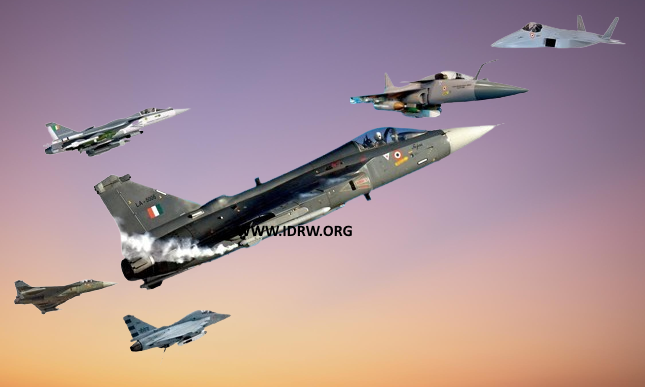

The Light Combat Aircraft (LCA) Tejas program, one of India’s most ambitious Indigenous defence projects, has been a journey of innovation, persistence, and national pride. Here are some intriguing facts that highlight the narrative of the Tejas.
The LCA project was first conceived in 1983 with the goal to replace the aging MiG-21 fleet. However, it wasn’t until February 2001 that the first Tejas prototype took to the skies, marking a development period of nearly two decades. This long gestation underscores the challenges of indigenous aircraft development in India.
Continue readingSOURCE: AFI
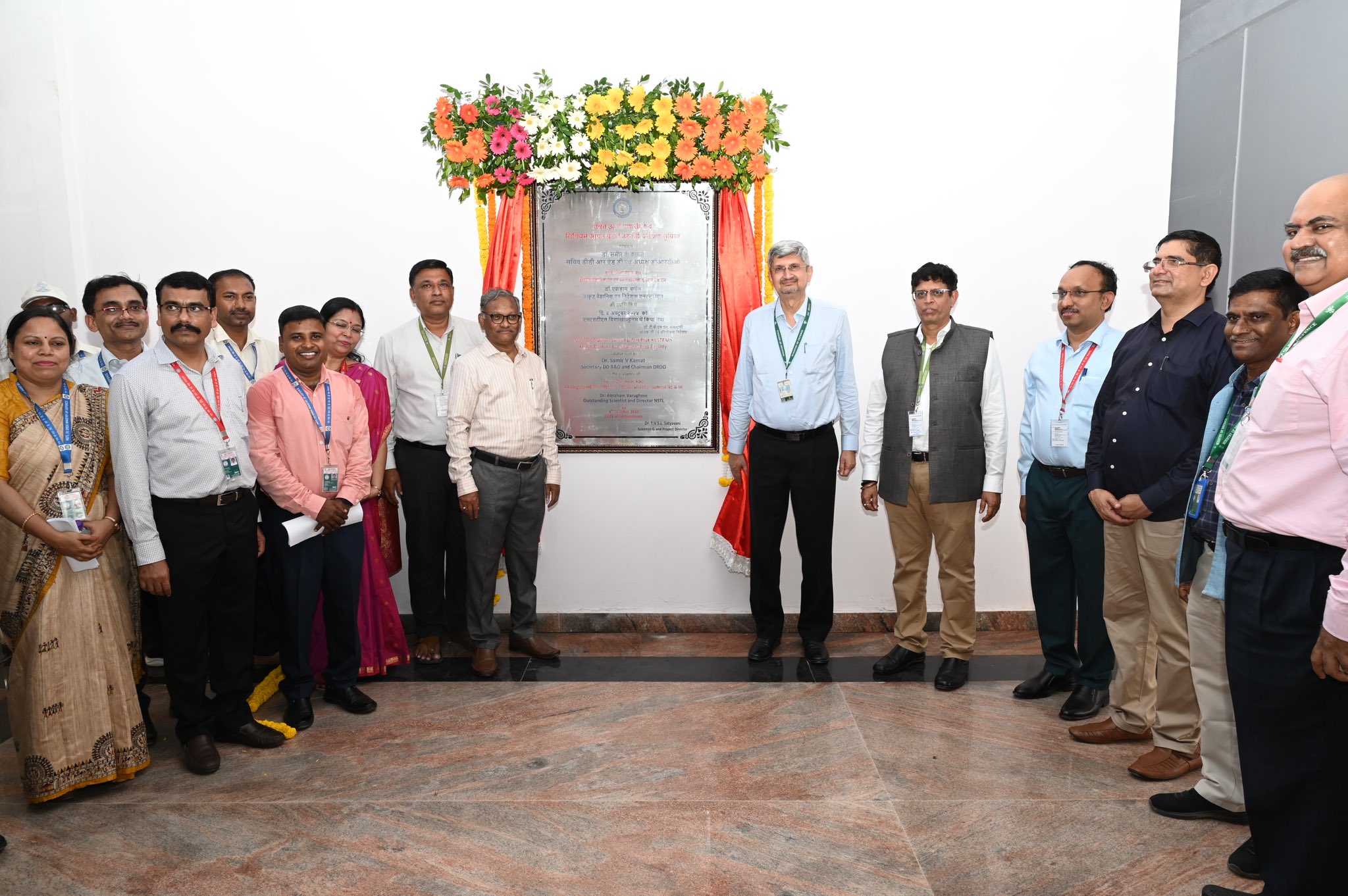

In a significant step towards enhancing India’s naval capabilities, a state-of-the-art land-based submarine battery test facility was inaugurated at the Naval Science and Technological Laboratory (NSTL) on October 4, 2024, by Dr. Samir V Kamat, Chairman of the Defence Research and Development Organisation (DRDO). The facility focuses on testing and developing Lithium-Ion (Li-Ion) batteries, which are crucial for the future of India’s submarine fleet.
The newly commissioned facility, part of the ‘Indigenously Designed, Developed and Manufactured’ (IDDM) initiative, is a result of a collaboration with HBL Power Systems Limited under a Transfer of Technology (ToT) agreement. This partnership aims to harness HBL’s expertise in battery technology for defense applications, ensuring that the Indian Navy can benefit from cutting-edge, home-grown solutions.
Continue readingSOURCE: AFI


In a significant push to bolster the Indian Air Force’s (IAF) combat capabilities, the Parliamentary Standing Committee on Defence has urged the Ministry of Defence (MoD) to expedite the production of the indigenous Tejas fighter jets by Hindustan Aeronautics Limited (HAL). The directive comes in light of the IAF’s diminishing squadron strength, which has been a concern for national defense preparedness.
The committee, led by BJP MP Radha Mohan Singh, presented its report on Tuesday in Parliament, highlighting the urgency of the situation. The report specifically addresses the delay in the delivery of the Tejas Mk-1A jets, part of a substantial order valued at Rs 48,000 crore. Originally, deliveries were slated to commence in March, but to date, not a single aircraft has been handed over to the IAF.
Continue readingSOURCE: AFI
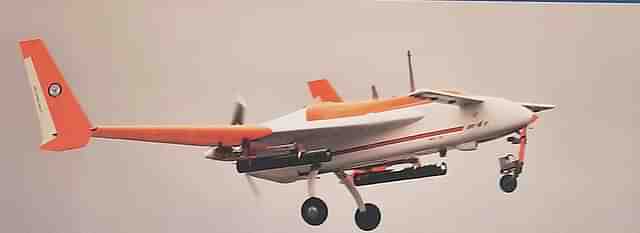

The Indian defence landscape is set to witness an evolution in unmanned aerial capabilities with the introduction of the SRUAV-Weaponised, better known as the armed variant of the Rustom-1 drone. This development signifies a pivotal shift towards enhancing India’s aerial strike capabilities through unmanned systems, with the integration of four Anti-Tank Guided Missiles (ATGMs), likely to be the advanced NAG-MK2.
Originally designed for surveillance, the Rustom-1 has been part of India’s push towards developing indigenous UAV technology under the Defence Research and Development Organisation (DRDO). The transition from a reconnaissance-only UAV to a weaponized platform marks a strategic enhancement, allowing the system to undertake offensive roles alongside its traditional ISR (Intelligence, Surveillance, and Reconnaissance) tasks.
Continue readingSOURCE: AFI
)

The Comptroller and Auditor General (CAG) of India has recently tabled a report in Parliament highlighting significant concerns with the Indian Air Force’s (IAF) Pilatus PC-7 Mk-II aircraft. These aircraft, which have been pivotal in providing ‘Stage-1’ flying training to IAF pilots since May 2013, are facing critical operational issues, notably engine oil leaks.
The CAG’s audit, which spanned from 2016 to 2021, revealed that out of the 64 Pilatus PC-7 Mk-II aircraft in service, 16 aircraft (25 percent) experienced 38 instances of engine oil leaks during this period. This equipment malfunction poses a notable challenge to the safety and efficiency of pilot training programs.
Continue readingSOURCE: AFI


In a distressing incident on the waters near Karanja, Mumbai, an Indian Navy craft collided with the passenger ferry Neel Kamal, resulting in the tragic loss of 13 lives. The victims included 10 civilians and 3 Navy personnel. The mishap occurred when the Navy speedboat, during a test run of its newly installed engine, lost control due to a stuck throttle, leading to the collision.
This incident, which took place in one of India’s busiest maritime areas, has sparked a significant debate not just about naval protocols but about the sheer lack of common sense in executing routine operations. The test was meant to ensure the functionality of the new engine, but the oversight leading to such a catastrophic event suggests a failure at multiple levels.
Continue reading